Architectural pyramids celebrate humans and nature in Mexico
An architectural pyramid complex in Mexico's Guanajuato region by 3ME Arquitectura celebrates the relationship between humans and nature
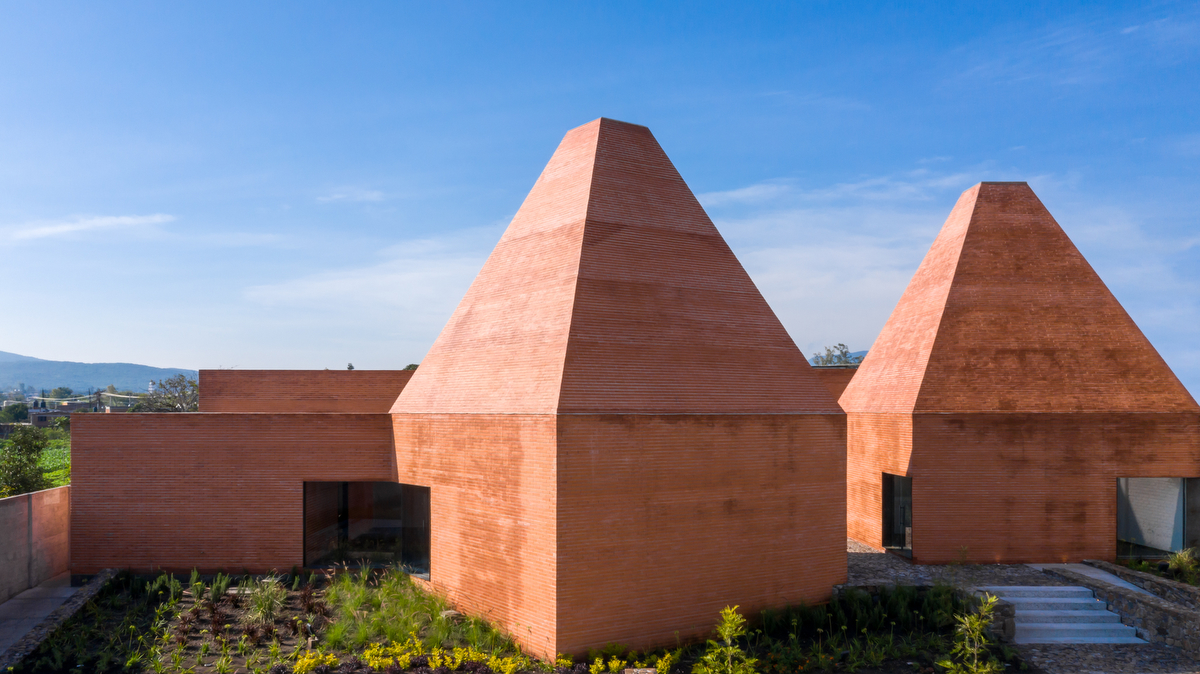
Luis Young - Photography
Two large, terracotta-coloured architectural pyramids stand out among the green fields on the edge of the central Mexican city of Salvatierra. They belong to a complex called Módulo de Riego (Spanish for ‘irrigation module’), which forms the headquarters of the local Association of Agricultural Producers. Conceived as a cultural centre to celebrate balance and sustainability between humans and nature, while promoting the Guanajuato region's economy, produce, and connection with the land, the dramatic architecture is the brainchild of emerging architecture studio 3ME Arquitectura.
‘The organisation seeks to provide certainty to crop production by generating jobs and agricultural products, strengthening an interest in the land, and reaffirming identity in a conscious attempt to curb migration,' explain the architects, who looked at the region's agricultural building typologies and traditional hacienda structures for inspiration.
Enter the two large pyramidal volumes that frame the entrance to the site. ‘They are reminiscent of old grain silos that are scattered throughout the surrounding countryside, and give the building a sense of agricultural scale and meaning,' says the team.

Walking through the pyramids, visitors enter a large open courtyard, which is carefully paved and planted. A path leads into the various structures around it, containing space for offices, a training room, auditorium, reception area and product display, as well as ample on-site parking. Inside the pyramids, tall, white geometric halls provide flexible exhibition areas and multifunctional facilities for the community.
Working with familiar shapes and typologies, and memory and experience of the link between humans and nature, the architects also infused their design with contemporary references. Its strong shapes recall the Jesuit chimneys of Mineral de Pozos, a small town in Guanajuato; the drawings of Sigurd Lewererentz for an unbuilt crematorium in Malmo, Sweden; and the pyramidal structures of the Museo Casa das Histórias de Souto de Moura in Portugal.
The team hopes this centre will help revitalise the strong links this region has to agriculture. ‘It is only through the experience of the space that we rediscover the value of the utilitarian and vernacular buildings characteristic of this territory,' say the architects.
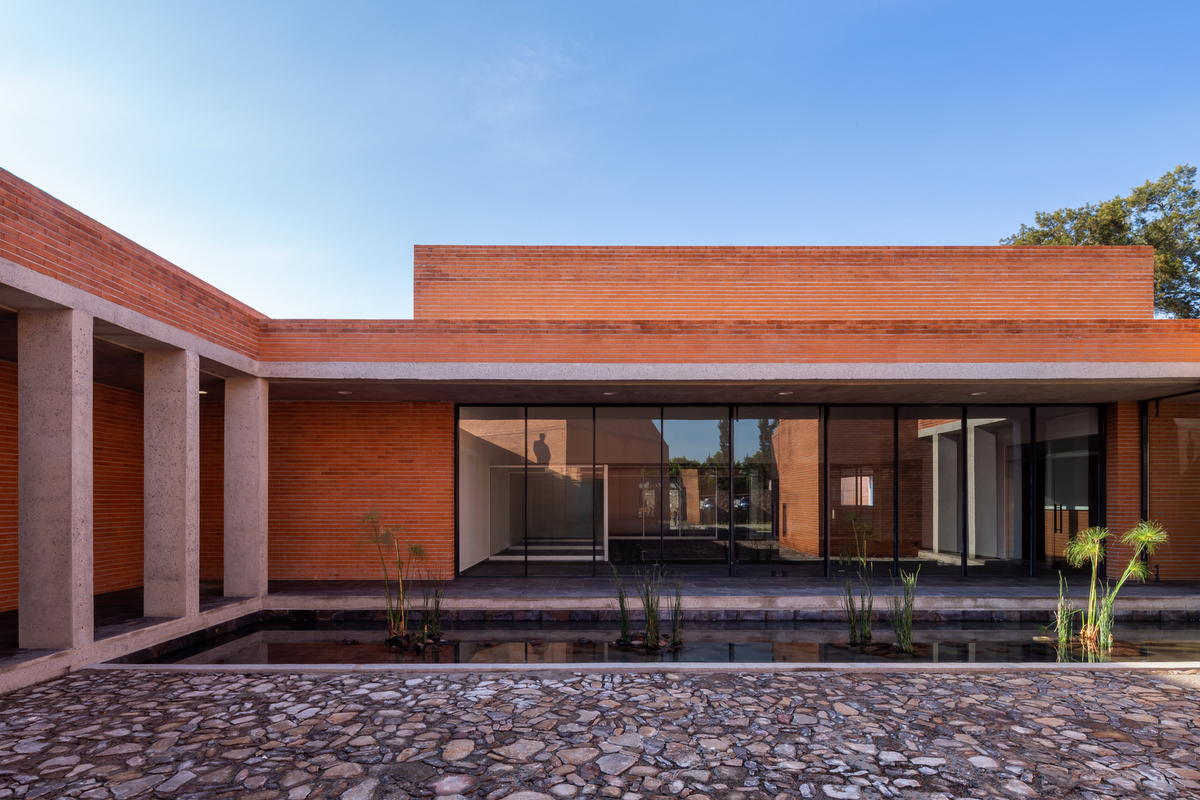
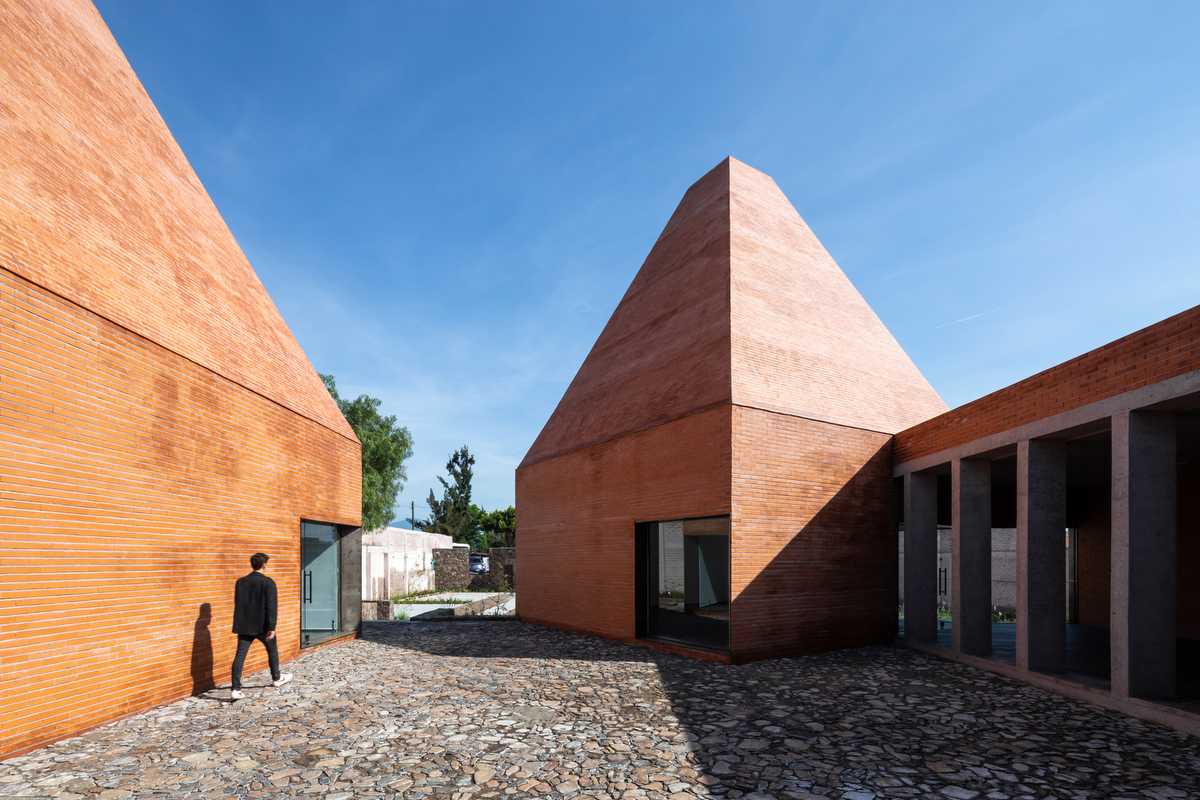
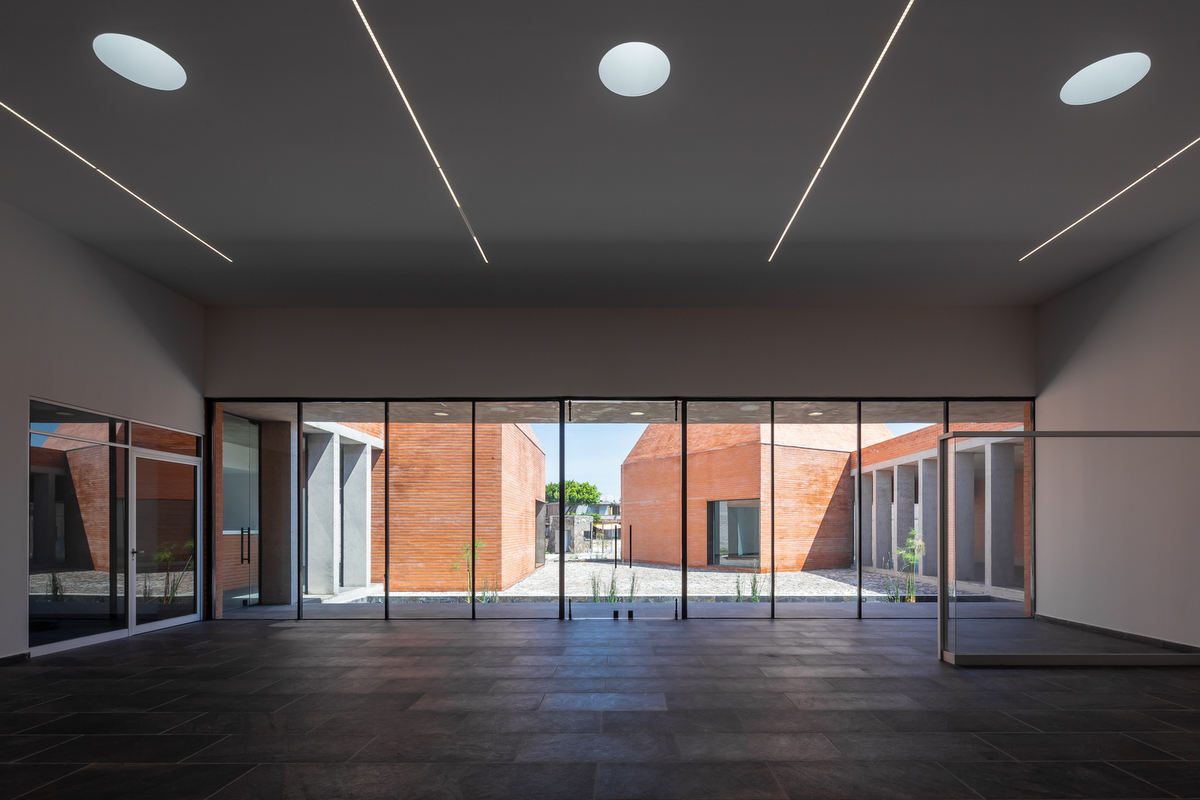
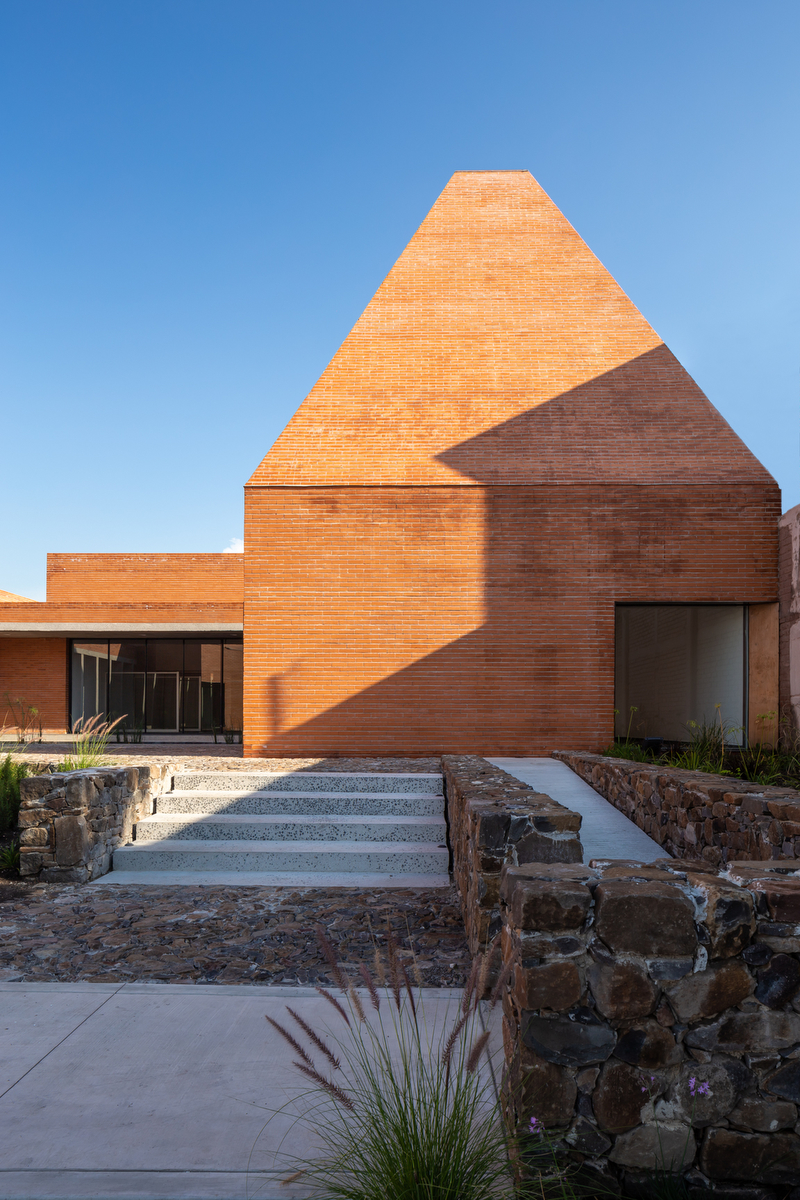
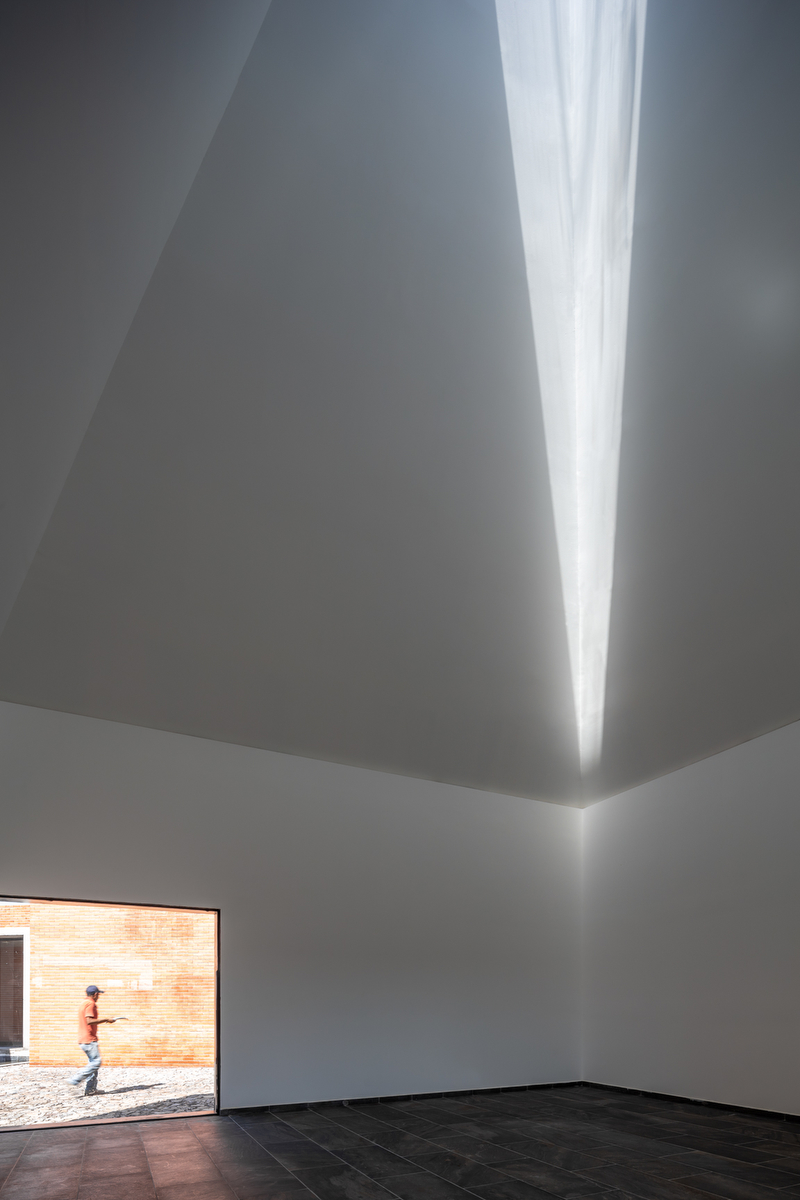
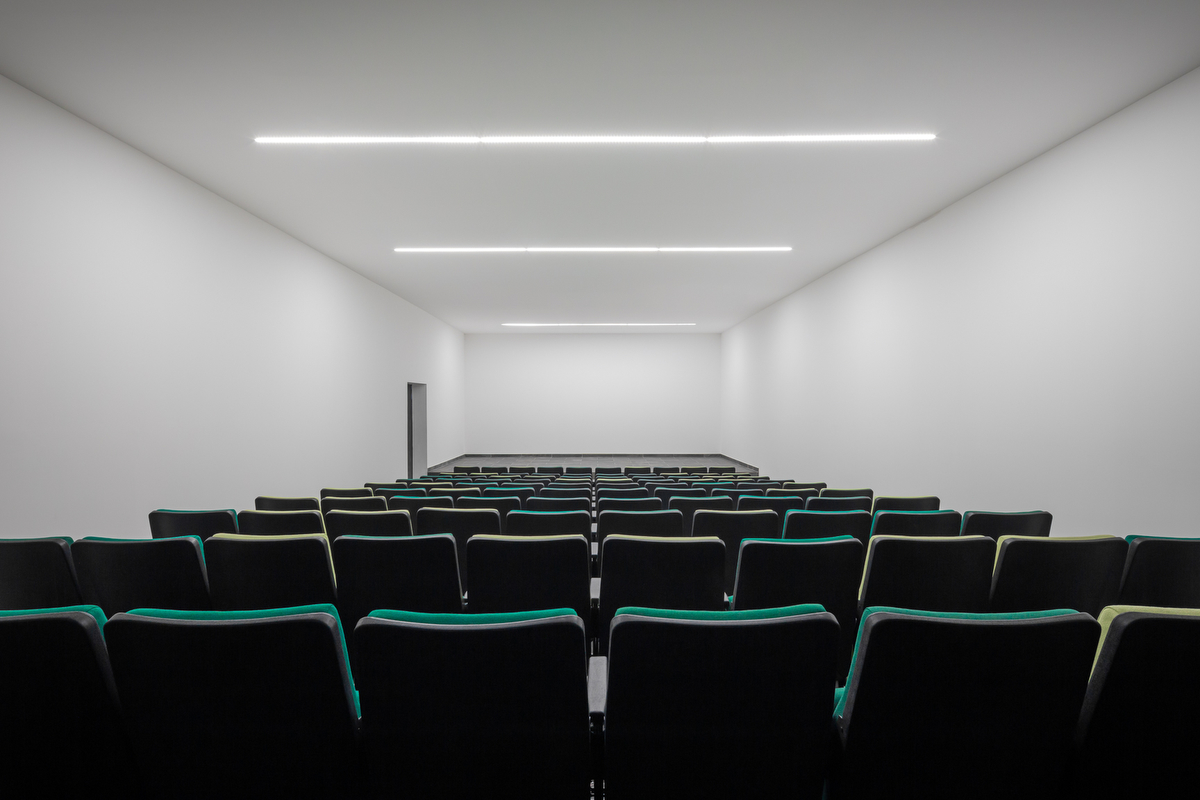
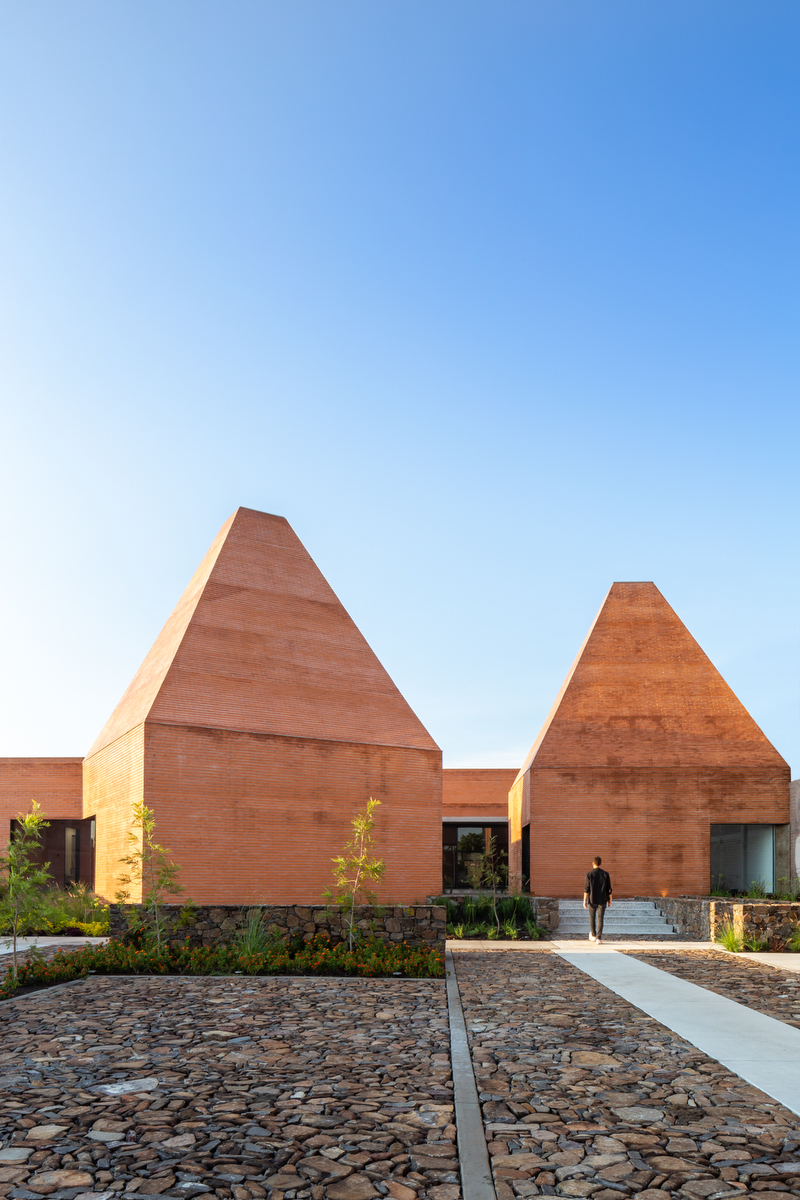
INFORMATION
Wallpaper* Newsletter
Receive our daily digest of inspiration, escapism and design stories from around the world direct to your inbox.
Ellie Stathaki is the Architecture & Environment Director at Wallpaper*. She trained as an architect at the Aristotle University of Thessaloniki in Greece and studied architectural history at the Bartlett in London. Now an established journalist, she has been a member of the Wallpaper* team since 2006, visiting buildings across the globe and interviewing leading architects such as Tadao Ando and Rem Koolhaas. Ellie has also taken part in judging panels, moderated events, curated shows and contributed in books, such as The Contemporary House (Thames & Hudson, 2018), Glenn Sestig Architecture Diary (2020) and House London (2022).
-
 Japan in Milan! See the highlights of Japanese design at Milan Design Week 2025
Japan in Milan! See the highlights of Japanese design at Milan Design Week 2025At Milan Design Week 2025 Japanese craftsmanship was a front runner with an array of projects in the spotlight. Here are some of our highlights
By Danielle Demetriou
-
 Tour the best contemporary tea houses around the world
Tour the best contemporary tea houses around the worldCelebrate the world’s most unique tea houses, from Melbourne to Stockholm, with a new book by Wallpaper’s Léa Teuscher
By Léa Teuscher
-
 ‘Humour is foundational’: artist Ella Kruglyanskaya on painting as a ‘highly questionable’ pursuit
‘Humour is foundational’: artist Ella Kruglyanskaya on painting as a ‘highly questionable’ pursuitElla Kruglyanskaya’s exhibition, ‘Shadows’ at Thomas Dane Gallery, is the first in a series of three this year, with openings in Basel and New York to follow
By Hannah Silver
-
 Tour the wonderful homes of ‘Casa Mexicana’, an ode to residential architecture in Mexico
Tour the wonderful homes of ‘Casa Mexicana’, an ode to residential architecture in Mexico‘Casa Mexicana’ is a new book celebrating the country’s residential architecture, highlighting its influence across the world
By Ellie Stathaki
-
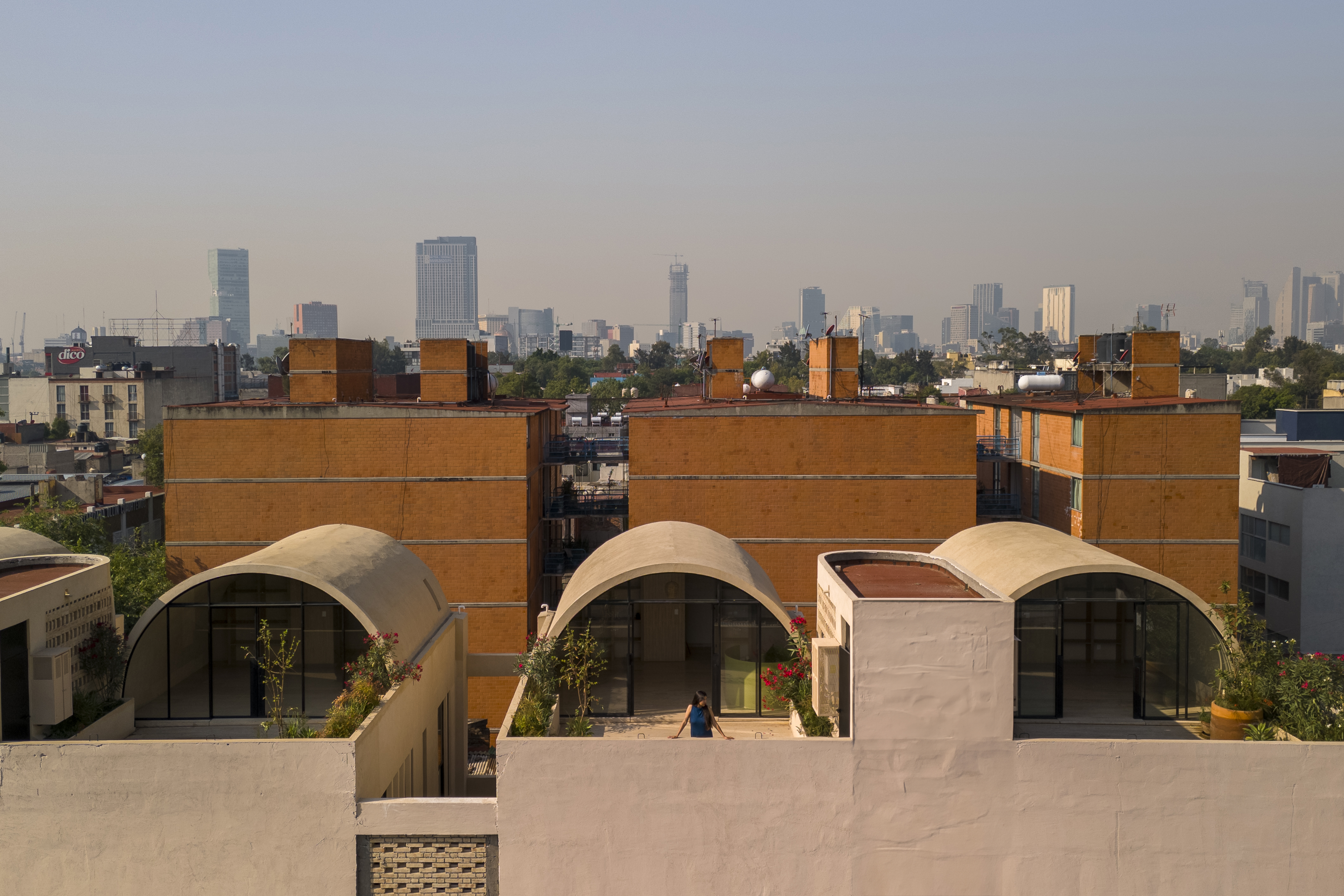 A barrel vault rooftop adds drama to these homes in Mexico City
A barrel vault rooftop adds drama to these homes in Mexico CityExplore Mariano Azuela 194, a housing project by Bloqe Arquitetura, which celebrates Mexico City's Santa Maria la Ribera neighbourhood
By Ellie Stathaki
-
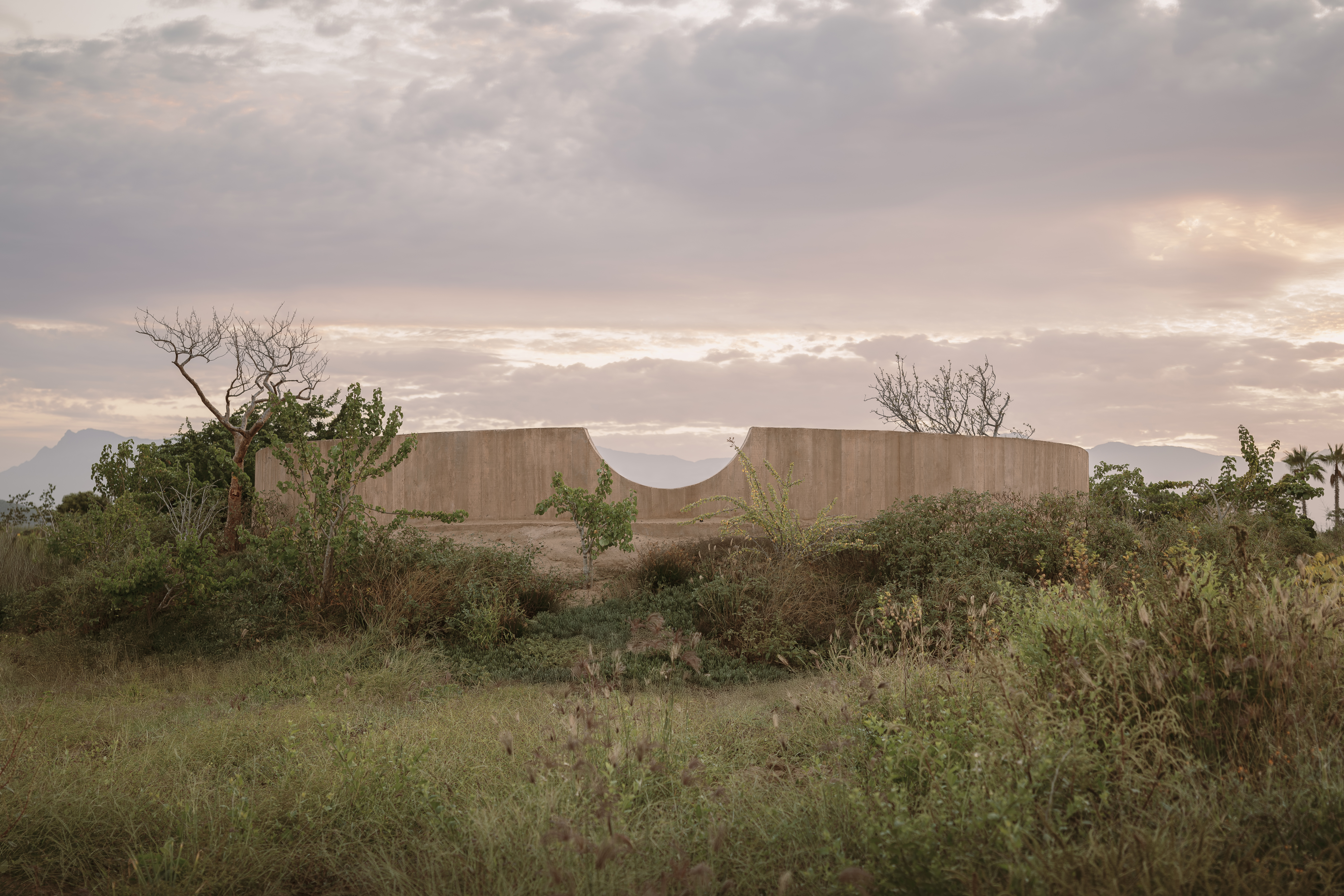 Explore a minimalist, non-religious ceremony space in the Baja California Desert
Explore a minimalist, non-religious ceremony space in the Baja California DesertSpiritual Enclosure, a minimalist, non-religious ceremony space designed by Ruben Valdez in Mexico's Baja California Desert, offers flexibility and calm
By Ellie Stathaki
-
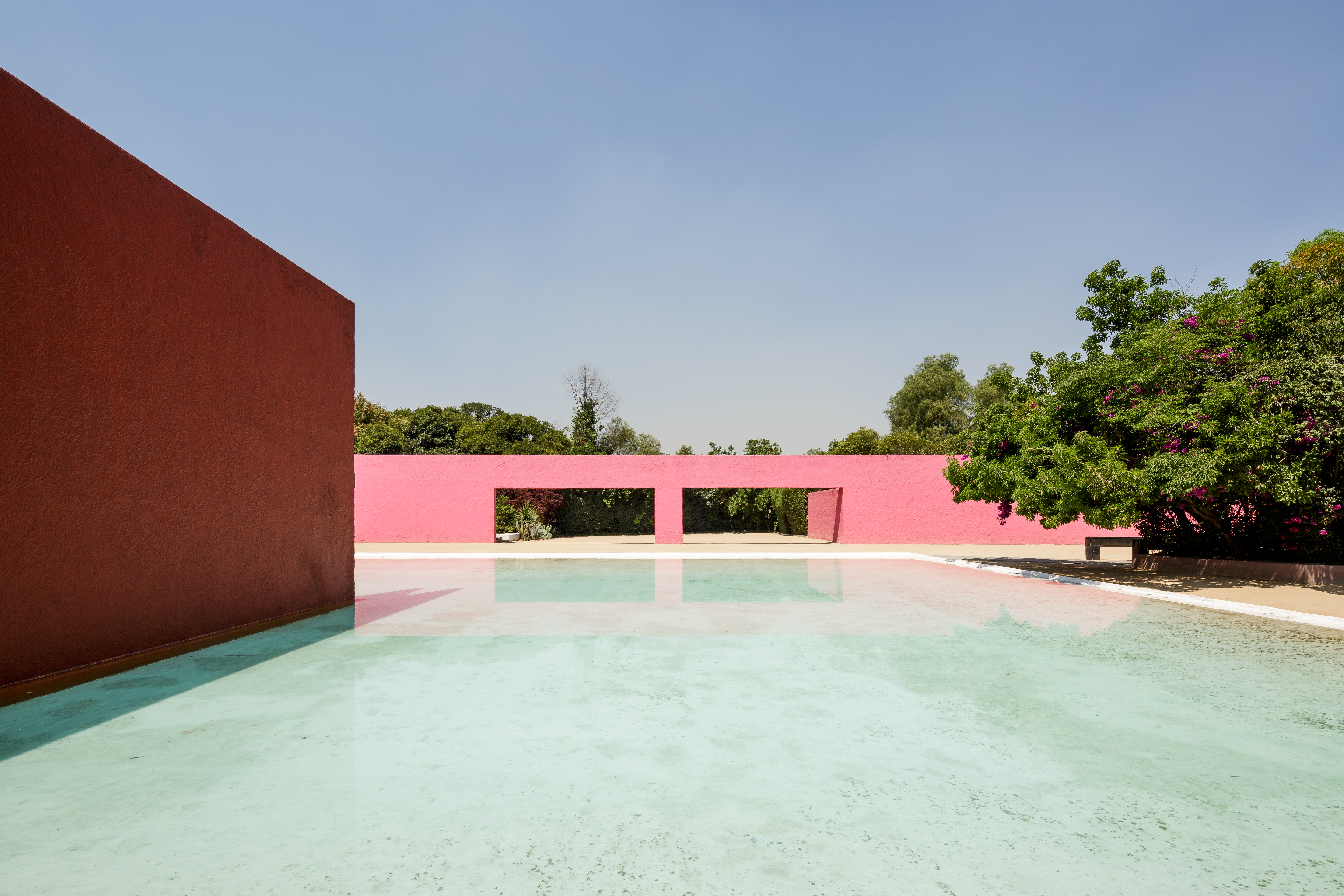 La Cuadra: Luis Barragán’s Mexico modernist icon enters a new chapter
La Cuadra: Luis Barragán’s Mexico modernist icon enters a new chapterLa Cuadra San Cristóbal by Luis Barragán is reborn through a Fundación Fernando Romero initiative in Mexico City; we meet with the foundation's founder, architect and design curator Fernando Romero to discuss the plans
By Mimi Zeiger
-
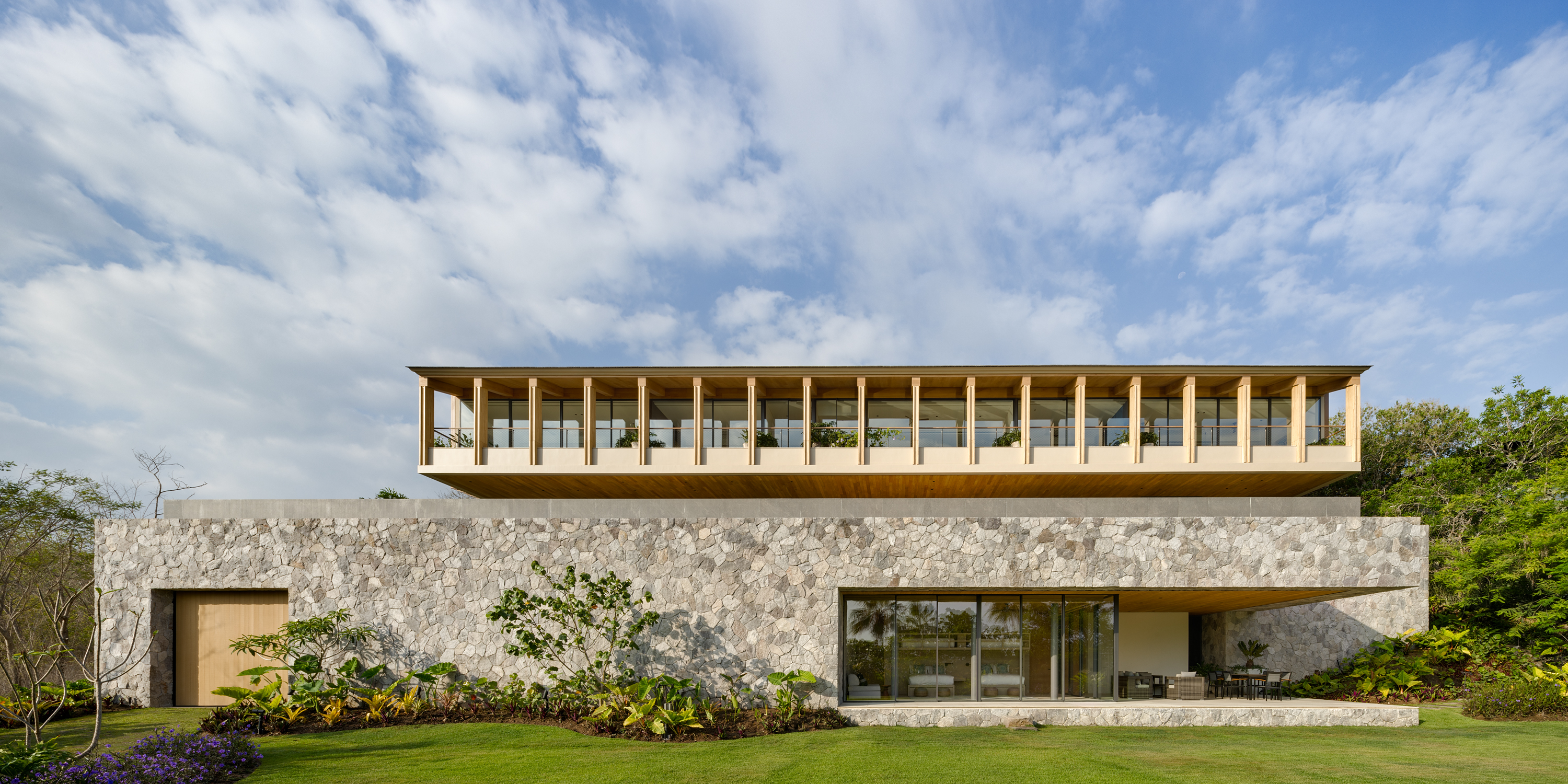 Enjoy whale watching from this east coast villa in Mexico, a contemporary oceanside gem
Enjoy whale watching from this east coast villa in Mexico, a contemporary oceanside gemEast coast villa Casa Tupika in Riviera Nayarit, Mexico, is designed by architecture studios BLANCASMORAN and Rzero to be in harmony with its coastal and tropical context
By Tianna Williams
-
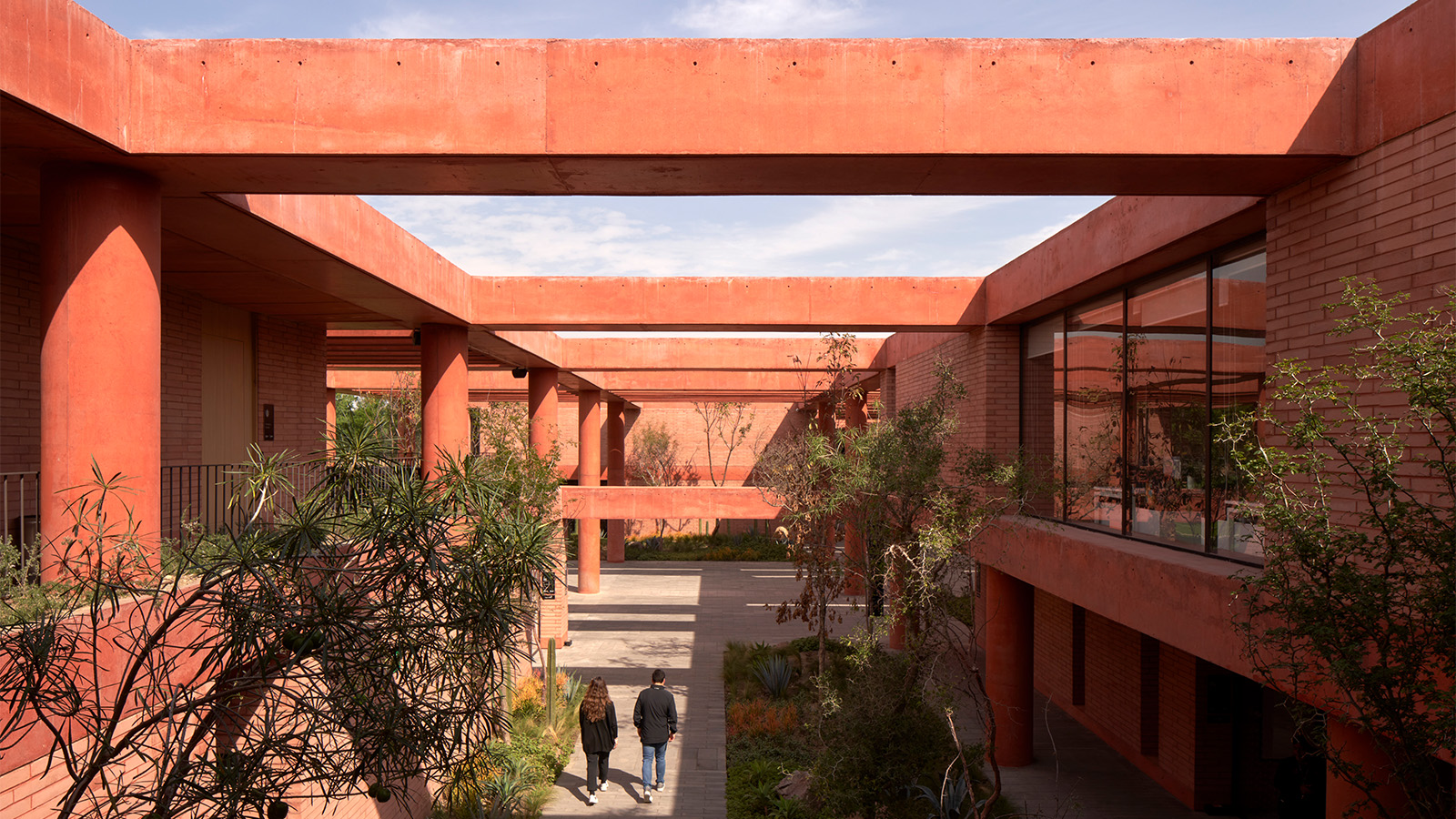 Mexico's long-lived football club Atlas FC unveils its new grounds
Mexico's long-lived football club Atlas FC unveils its new groundsSordo Madaleno designs a new home for Atlas FC; welcome to Academia Atlas, including six professional football fields, clubhouses, applied sport science facilities and administrative offices
By Tianna Williams
-
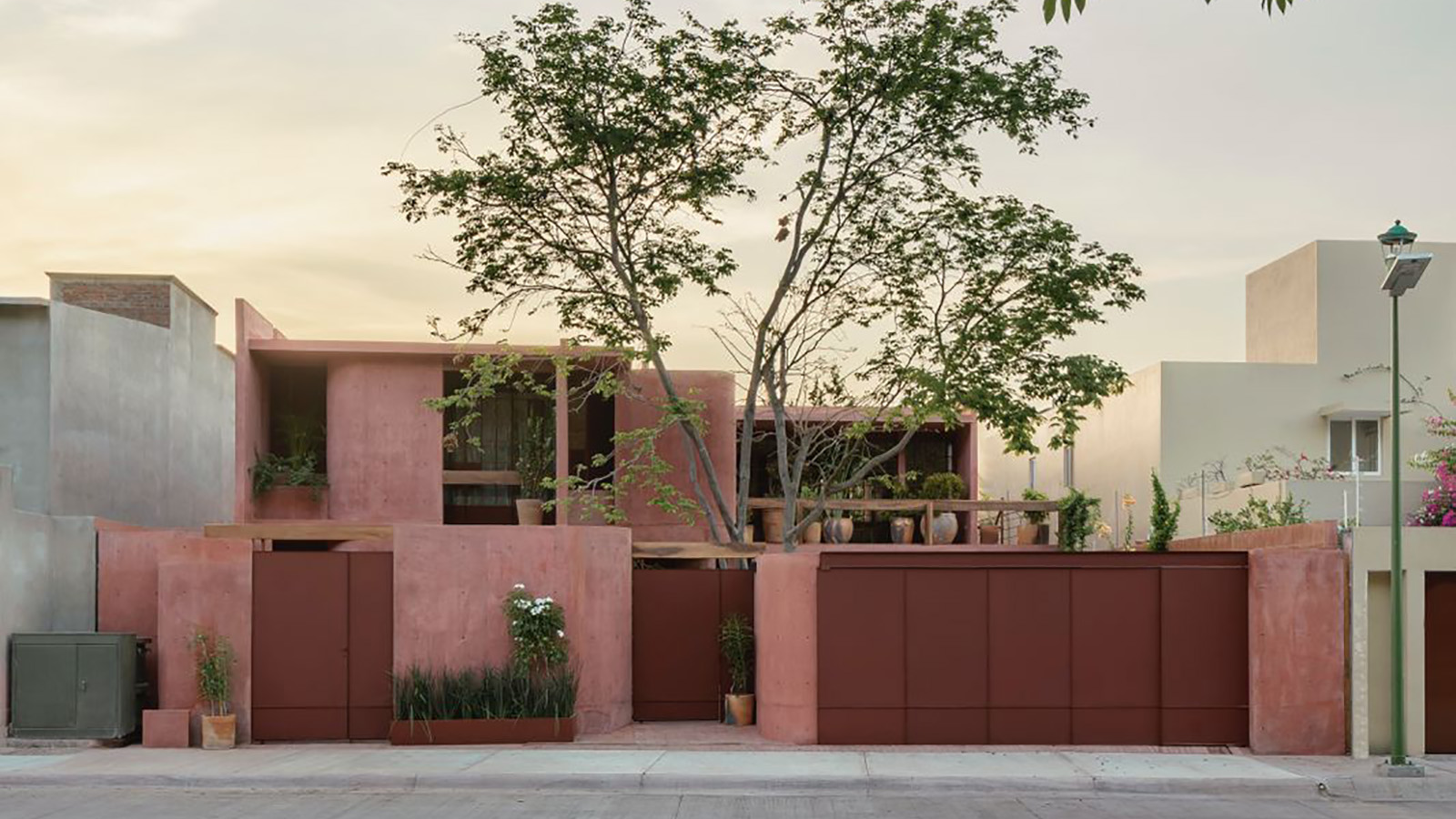 Discover Casa Roja, a red spatial exploration of a house in Mexico
Discover Casa Roja, a red spatial exploration of a house in MexicoCasa Roja, a red house in Mexico by architect Angel Garcia, is a spatial exploration of indoor and outdoor relationships with a deeply site-specific approach
By Ellie Stathaki
-
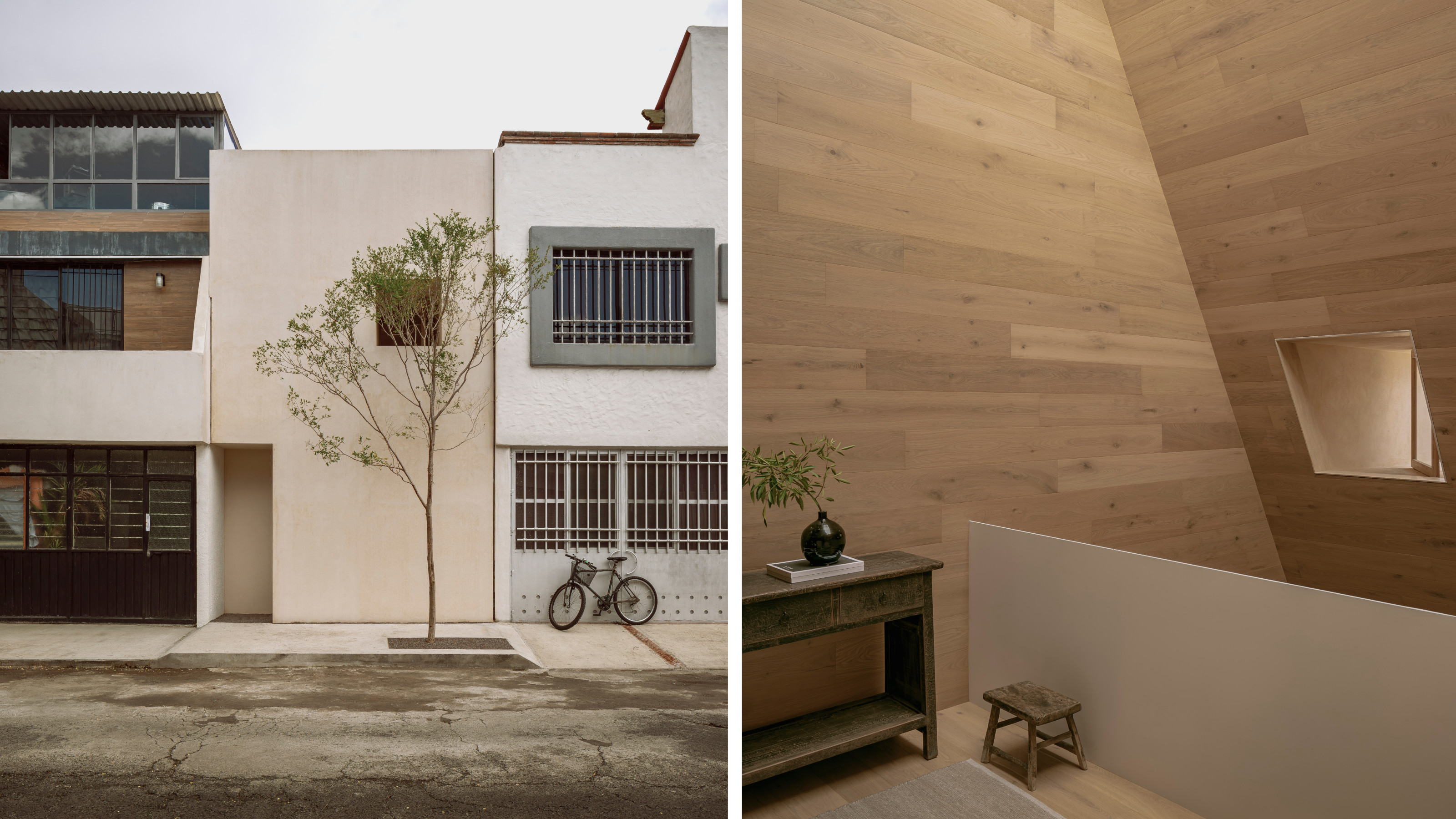 HW Studio’s Casa Emma transforms a humble terrace house into a realm of light and space
HW Studio’s Casa Emma transforms a humble terrace house into a realm of light and spaceThe living spaces in HW Studio’s Casa Emma, a new one-bedroom house in Morelia, Mexico, appear to have been carved from a solid structure
By Jonathan Bell